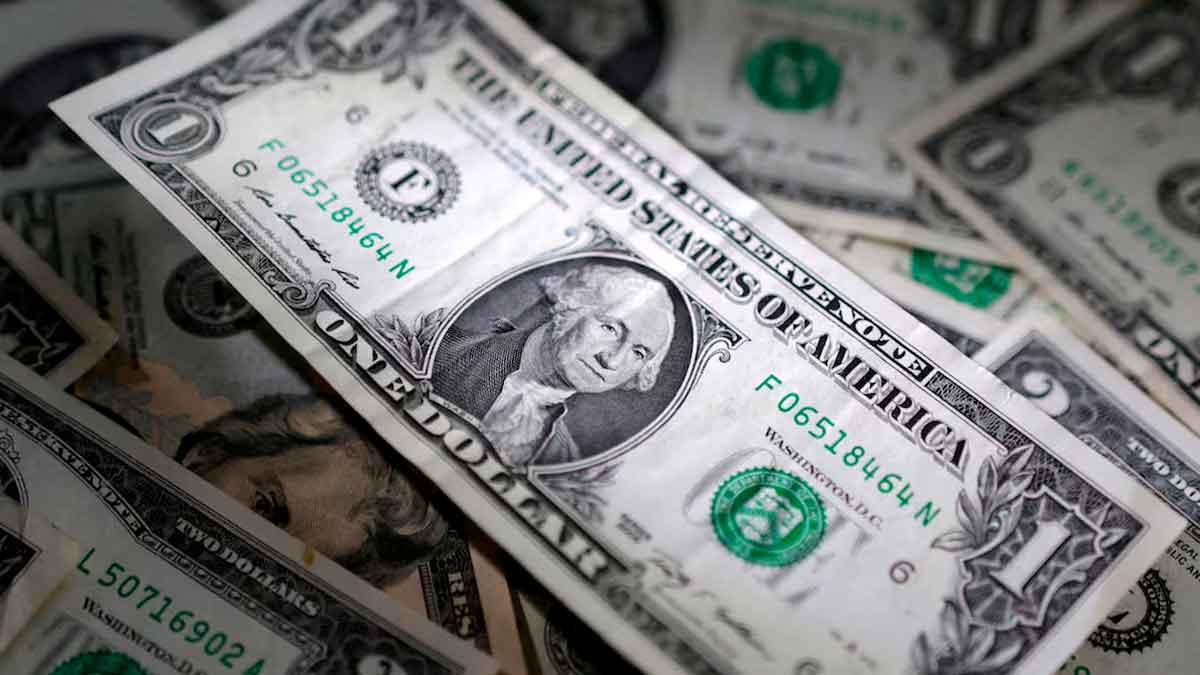In the United States, numismatics has gained great recognition in recent years. Collectors find hidden gems among circulating coins and banknotes that are worth a lot of money at auctions. This is because such objects contain unique errors, which multiplies their true value. Recently, a $1 bill has caught the attention of experts by being valued at up to $24,000.
The bill coveted by collectors
According to Heritage Auction, a site specialized in buying and selling collectibles, this $1 bill stands out for one particular detail: it has a star at the end of its serial number. This feature, which at first glance may seem simple, is what gives it its high value, since the star represents an error that occurred during the printing process. It also transforms it into a unique piece within the U.S. monetary system.
In this case, the Federal Reserve operator placed the star in the suffix position of the numbering wheel. There should have been another character there, such as the letter “L”. These types of errors are rare, so the value of these bills tends to increase significantly among collectors.
Heritage Auctions describes the bill as a “dramatic discrepancy”. It is that the left side of the bill shows the F* block, while the opposite side shows the FL block. The star is the incorrect element in the serial number and is what makes this $1 bill such a coveted piece.
Experts point out that the star on the bill represents a story behind its production. That is why this type of failure usually attracts numismatic lovers, among which are renowned collectors. For specialists, this printing error becomes an investment of thousands of dollars.
Banknote printing errors
Chad Hawk, vice-president of PMG, a company specializing in paper money grading in Sarasota, Florida, spoke about the production of banknotes and gave some interesting details. According to him, it is extremely unusual for the Federal Reserve to make mistakes in the printing of banknotes and for them to reach circulation. However, when this happens, the substitute bills are marked with a special suffix, known as “star” or asterisk, to differentiate them in the production process.
On the other hand, he pointed out that when printing banknotes, several types of errors can occur. For example, misalignment, which is when the design is printed out of place. In double printing, a part of the banknote is printed twice. There are also cutting errors, with uneven or incomplete edges.
Other problems in banknote printing are missing or excessive ink. This modifies some areas of the design. There are also banknotes without serial numbers or with defective numbers, which generates problems with the numbering or the replacement suffix that is the star, which appears on this $1 bill that is currently valued at $24,000.
Why are these bills with stars in the serial number so valuable?
Mainly because of their rarity and the small number of these “star” bills in circulation. Depending on its year and state of preservation, the piece can be worth thousands of dollars. In case of finding one, people can decide whether to keep it or sell it. If they opt for the latter option, they will have to visit specialized collectors’ websites to find out its price. Even in those spaces they will also be able to offer them to those interested.







